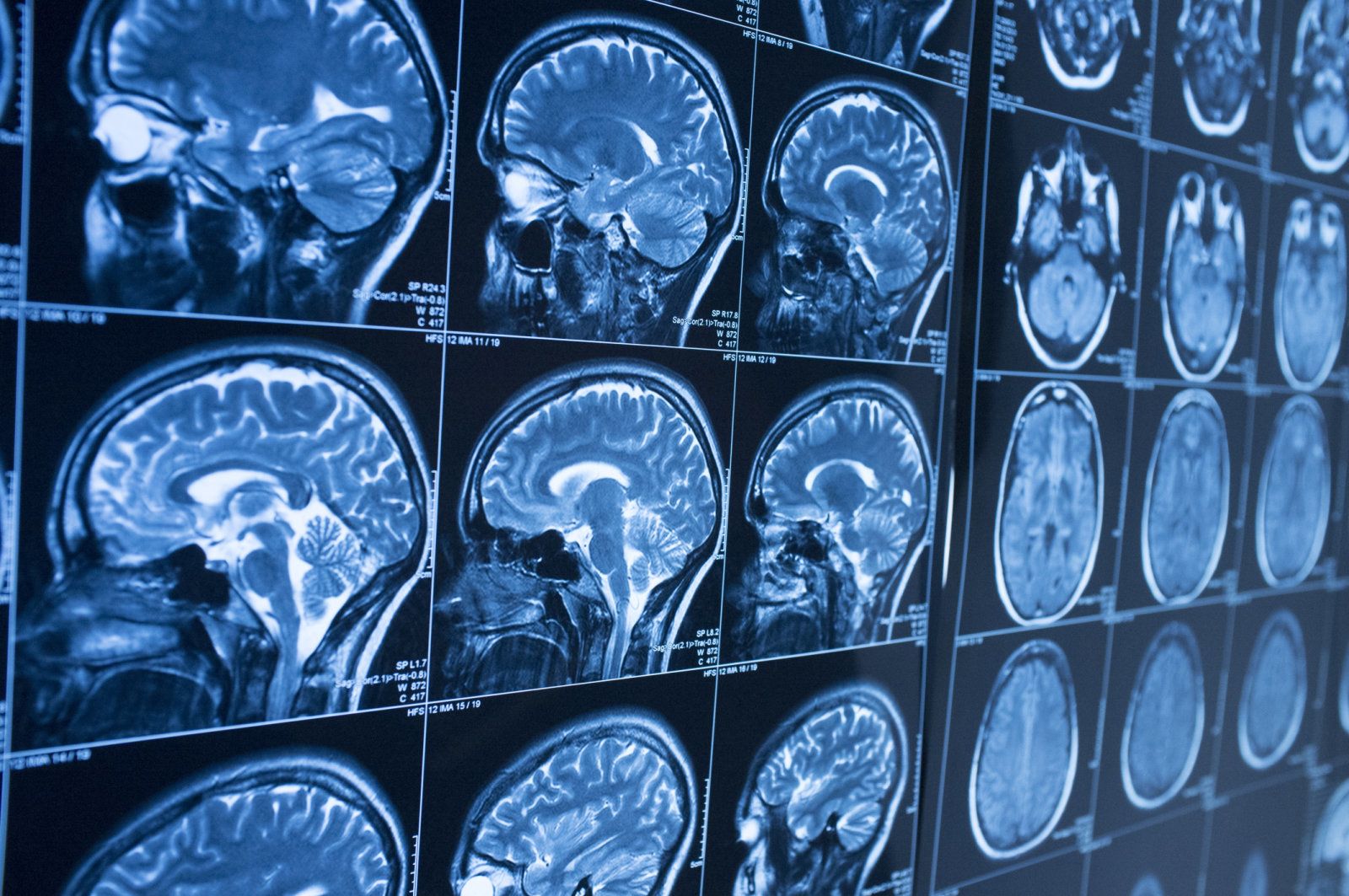
On September 19, Netease Smart News reported that scientists worldwide are working on ways to detect Alzheimer’s at its earliest stages. Early diagnosis is crucial because it allows patients to access treatments that can slow the progression of the disease and gives them time to manage their legal and financial affairs. While some researchers focus on blood tests or cerebrospinal fluid analysis, others are exploring new technologies to spot early warning signs. However, a team from the University of Bari in Italy believes artificial intelligence could be the key to early detection.
The Italian researchers developed an AI algorithm capable of identifying subtle structural changes in the brain caused by Alzheimer’s up to 10 years before symptoms appear. They trained the system using 67 MRI scans — 38 from Alzheimer’s patients and 29 from healthy individuals. The AI analyzed small regions of the brain and mapped the connections between neurons. After training, they tested the model on 148 participants, including 48 diagnosed with Alzheimer’s and 48 with mild cognitive impairment, who later developed the disease.
The AI achieved an 86% accuracy rate in diagnosing Alzheimer’s and an 84% success rate in detecting mild cognitive impairment, making it a powerful tool for early detection. However, the study was limited to data from the Alzheimer’s Neuroimaging Initiative at the University of Southern California. As more data becomes available and the technology advances, AI could become even more precise, potentially offering a non-invasive method for early Alzheimer’s screening.
This breakthrough highlights the growing role of AI in medical diagnostics. With further research and validation, such systems could one day become a standard part of routine health checkups, helping doctors catch diseases like Alzheimer’s before they progress too far. For now, it's an exciting step forward in the fight against this devastating condition.
Follow the NetEase Smart News public account (smartman163) for the latest updates on AI developments and other tech trends.
Three Phase UPS systems offer higher efficiency, reliability, and scalability compared to single-phase UPS. They are commonly used in data centers, industrial facilities, and critical infrastructure.
Features of the Three Phase UPS:
1. Scalability: The Three Phase UPS systems are highly scalable, allowing for easy expansion as the power requirements of the facility increase. This makes them suitable for both small and large-scale applications.
2. Redundancy: These UPS systems are equipped with redundant components, such as redundant power modules and redundant fans, to ensure uninterrupted power supply even in the event of a component failure.
3. High Efficiency: The Three Phase UPS systems are designed to operate at high efficiency levels, reducing energy consumption and minimizing operating costs. They often incorporate advanced technologies, such as double conversion topology and energy-saving modes, to achieve this.
4. Advanced Battery Management: These UPS systems come with advanced battery management features, including battery monitoring, temperature compensation, and automatic battery testing. This ensures the reliability and longevity of the battery system.
5. Remote Monitoring and Management: Many Three Phase UPS systems offer remote monitoring and management capabilities, allowing users to monitor the UPS status, perform diagnostics, and make configuration changes remotely. This improves the overall system management and reduces maintenance costs.
Performance of the Three Phase UPS:
1. Power Capacity: The Three Phase UPS systems are capable of handling high power capacities, typically ranging from a few kilowatts to several megawatts. This makes them suitable for powering critical equipment in data centers, manufacturing plants, hospitals, and other large-scale facilities.
2. Voltage Regulation: These UPS systems provide precise voltage regulation, ensuring a stable and clean power supply to the connected equipment. This helps in preventing equipment damage and data loss caused by voltage fluctuations and surges.
3. Fault Tolerance: The Three Phase UPS systems are designed with fault-tolerant features, such as redundant components and parallel operation capability. This ensures high availability and reliability of the power supply, even during maintenance or component failures.
4. Fast Switchover: In the event of a power outage or voltage disturbance, the Three Phase UPS systems provide fast switchover times, typically in milliseconds, to ensure seamless power transfer and uninterrupted operation of the connected equipment.
Solar power protection, Three Phase Uninterruptible Power Supply, Three-phase power, Redundancy,Lithium battery backup
Bosin Power Limited , https://www.bosinsolar.com